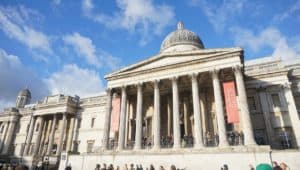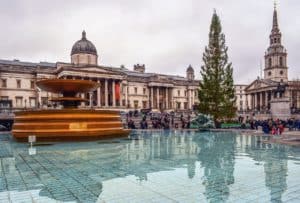Sutter’s Fort: 4 Great Attractions & Events at the Landmark
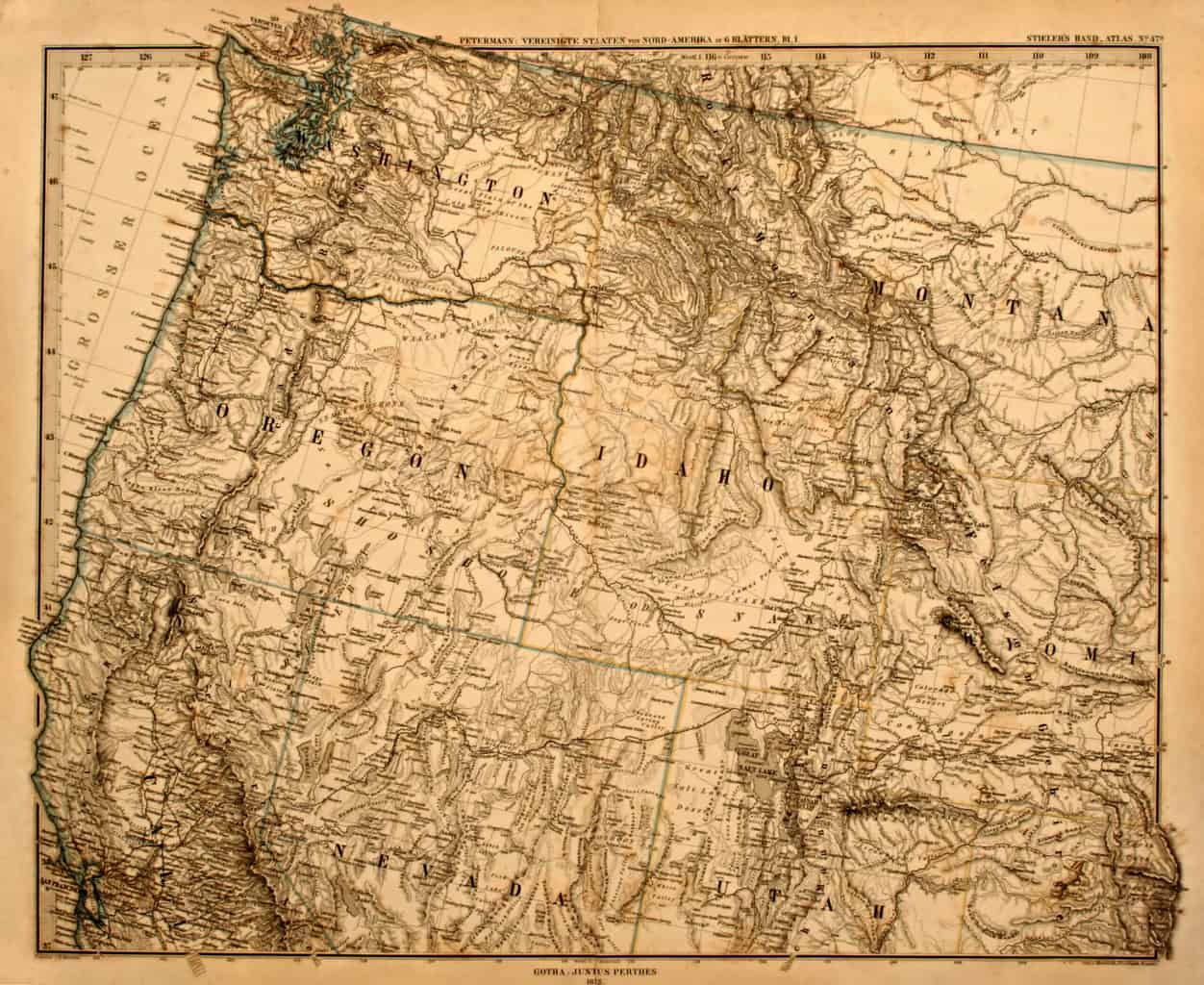
Updated On: November 09, 2023 by Courtney Augello
Located in the heart of California’s capital, Sacramento, Sutter’s Fort is an iconic testament to the state’s rich history and cultural heritage. This historic landmark played a pivotal role during the California Gold Rush and the exploration and settlement of the region.
Sutter’s Fort is significant in California’s history, culture, and identity. As a symbol of the state’s early pioneering spirit, it represents the resilience, innovation, and diversity that shaped the region.

With its captivating history, diverse attractions, vibrant events, modern amenities, and enduring significance, Sutter’s Fort offers visitors a unique opportunity to delve into the fascinating narrative of California’s past.
There is much to do and see at Sutter’s Fort. To help you plan the best visit to the California landmark, we’ve explored the fort’s history, attractions, events, and amenities.
Table of Contents
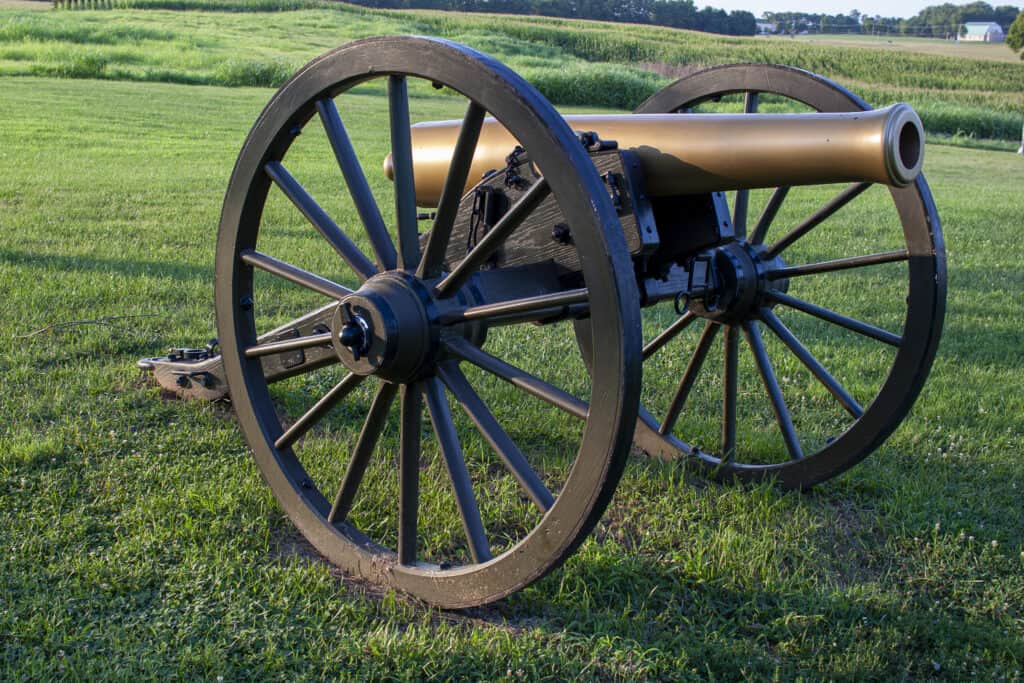
Historical Background
Founding
Sutter’s Fort, located in what is now Sacramento, California, was founded by John Sutter, a Swiss immigrant, in 1839. Sutter envisioned the fort as a trading outpost and agricultural settlement in the Mexican territory of Alta, California.
The construction of the fort was a massive undertaking, utilising local resources and the labour of both European and Native American workers. Captain Sutter became the owner and commander of the fort, which he named New Helvetia after his Swiss homeland.
California Gold Rush
Sutter’s Fort gained tremendous significance during the California Gold Rush of 1848-1855. The fort served as a crucial supply centre and a safe haven for gold prospectors arriving in California.
As news of the gold discovery at Sutter’s Mill spread, thousands of fortune seekers flocked to the region, transforming the fort into a bustling hub of activity. Sutter’s Fort provided shelter, food, and supplies to miners, acting as a trading post for their goods and services.
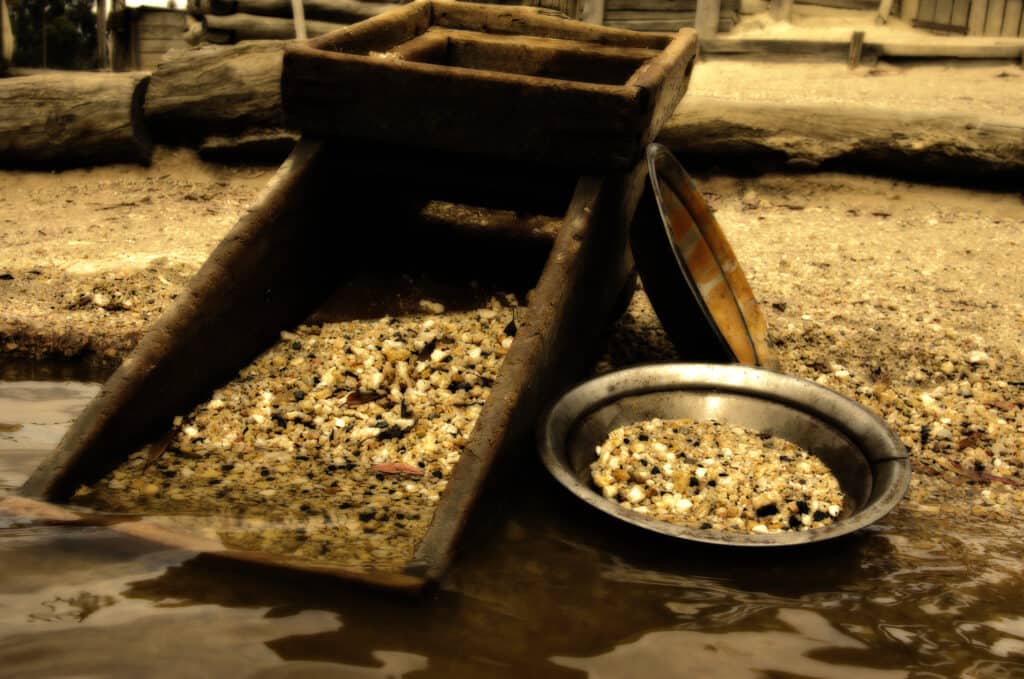
It played a pivotal role in supporting the rapid growth of California’s population and economy during this transformative period.
Exploration and Settlement of California
Sutter’s Fort played a vital role in the exploration and settlement of California. It served as a base for various expeditions and became a significant point of contact between Euro-American settlers and Native American tribes.
John Sutter, along with explorers like John C. Frémont, used the fort as a launching point for their expeditions into uncharted territories, contributing to the mapping and surveying of California.
The fort’s strategic location near the confluence of the Sacramento and American Rivers facilitated trade and transportation, further promoting the settlement of the region.
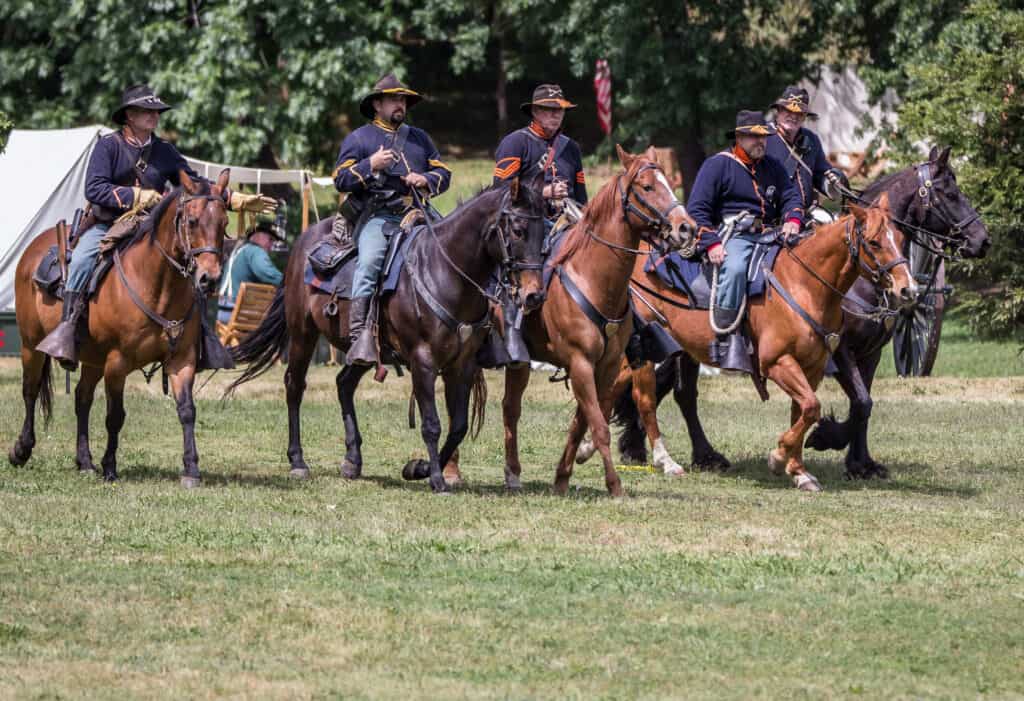
Impact on Native American Populations
The establishment of Sutter’s Fort had a profound impact on the Native American populations in the area. The influx of Euro-American settlers and the expansion of Sutter’s operations disrupted the traditional way of life for many indigenous communities.
Native Americans, particularly the Nisenan and Maidu tribes, faced significant cultural, economic, and social challenges as their ancestral lands were encroached upon. The fort’s construction led to increased conflict and tensions between settlers and Native Americans.
The tensions resulted in the displacement and marginalisation of indigenous communities. The impact of colonisation on Native American populations is an important aspect to consider when examining the history of the fort and California’s settlement.
Architecture and Layout
Sutter’s Fort was constructed as a two-story adobe structure, encompassing an area of approximately 2.5 acres. The walls of the fort were made of adobe bricks, which were created using a mixture of clay, water, and straw.
These adobe walls provided stability and protection against natural elements and potential conflicts. The fort featured two main entrances, allowing convenient access and efficient movement within the compound. The structure also included various rooms, storage areas, workshops, living quarters, and a central courtyard.
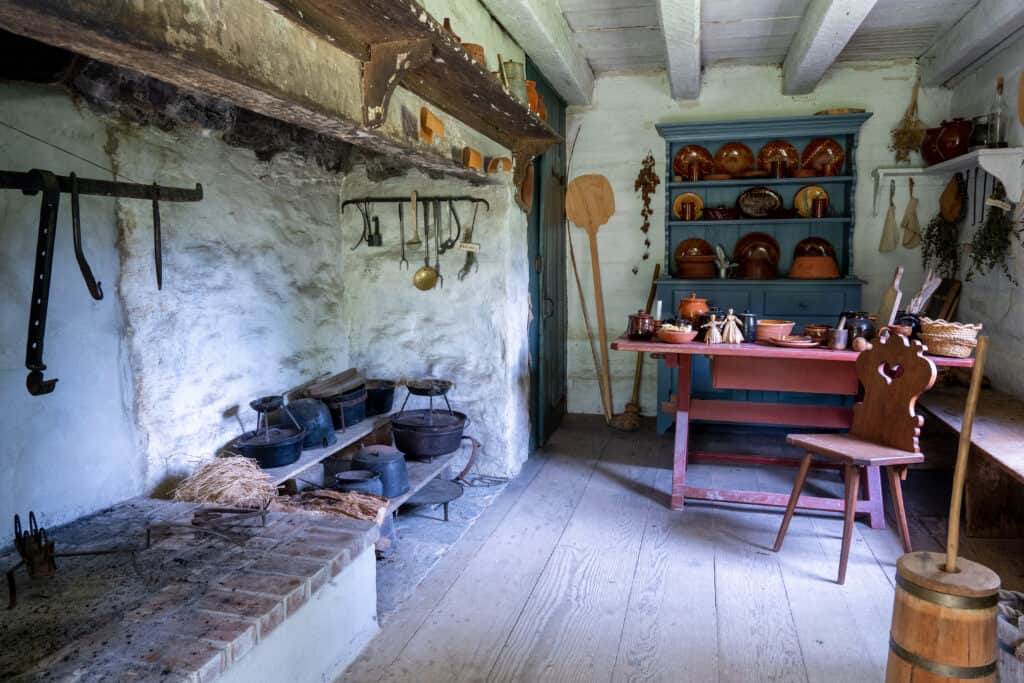
The architectural features of Sutter’s Fort reflected a blend of European and Mexican influences, reflecting the cultural diversity of the region during the mid-19th century. The thick adobe walls provided insulation against the heat of summer and the cold winters.
The inclusion of a central courtyard allowed for communal gatherings and social interactions and facilitated the defence of the fort during times of conflict. Additionally, the large bastions at the corners of the fort served as lookout points.
The architectural design of Sutter’s Fort was significant as it represented the transition from temporary frontier structures to more permanent settlements. It showcased the innovation and adaptability of the early European settlers in California, who used local materials and construction techniques to establish a durable and functional fort.
Sutter’s Fort was strategically designed to accommodate a variety of functions within its walls. The fort’s layout consisted of a rectangular shape, with its longer sides oriented towards the east and west.
The central courtyard acted as a focal point, connecting various sections of the fort and providing open space for activities. This layout facilitated efficient movement and organisation within the compound.
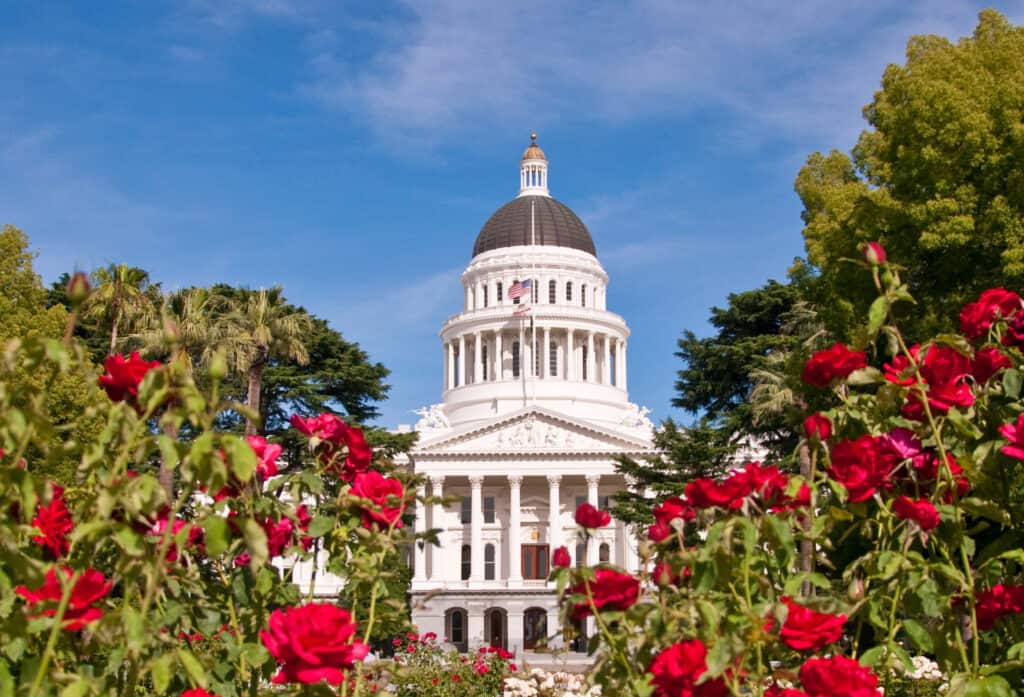
The fort’s strategic design allowed for the centralised control and management of the operations taking place within its walls. It enabled trading activities, agricultural operations, and the provisioning of supplies to the settlers and gold prospectors.
The placement of bastions at the corners of the fort provided enhanced visibility and defensive capabilities, ensuring the security and protection of those within.
Attractions and Exhibits
Sutter’s Fort offers a range of attractions that provide visitors with a glimpse into California’s rich history. One of the main highlights is the reconstructed fort itself, which allows visitors to step back in time and experience the atmosphere of a bustling frontier settlement.
Exploring the fort’s rooms, workshops, and living quarters provides insight into the daily lives of the early settlers and the challenges they faced.
Additionally, visitors can immerse themselves in the history of the California Gold Rush through exhibits and interactive displays. They can learn about the mining techniques used during that time, view replicas of gold nuggets, and even try their hand at panning for gold.
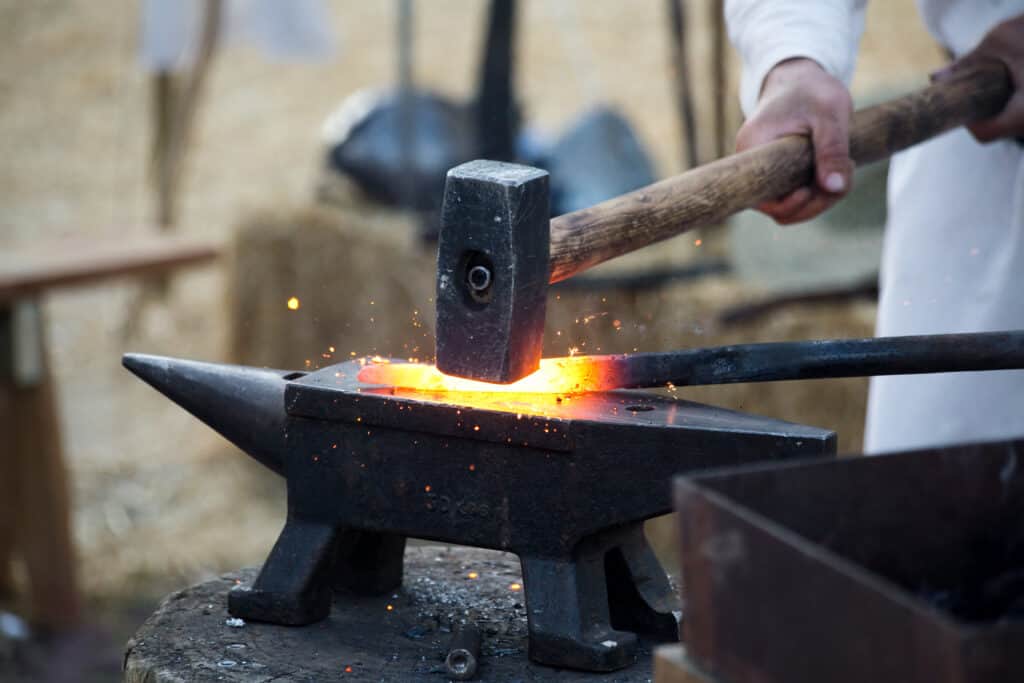
The fort’s central courtyard often hosts demonstrations of blacksmithing, carpentry, and other trades, giving visitors a hands-on experience of the skills and crafts that were essential to life at the fort.
Historic Artefacts
Sutter’s Fort houses a collection of historical artefacts and exhibits that further enhance the visitor experience. The exhibits showcase a diverse range of items, including tools, clothing, household items, and weaponry from the 19th century.
These artefacts provide tangible connections to the past and help paint a vivid picture of life during the early days of California’s settlement.
The fort also features displays of documents, maps, and photographs that document the history and development of the region. These primary sources offer valuable insights into the experiences of both the European settlers and the Native American populations.
Visitors can learn about the interactions and conflicts between these groups and the impact of the Gold Rush on the indigenous communities.
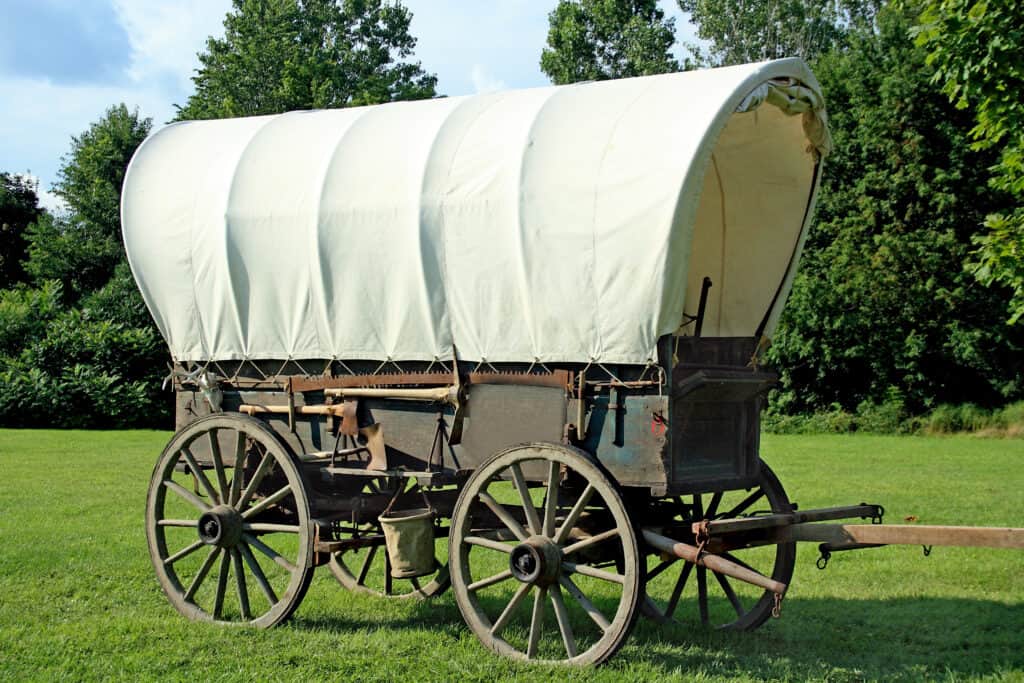
Preserving History
The exhibits and artefacts at Sutter’s Fort hold significant educational value. They offer visitors an opportunity to engage with history on a personal level, fostering a deeper understanding and appreciation of California’s past.
By presenting historical narratives in a tangible and interactive manner, the exhibits make the learning experience more immersive and accessible to all.
Furthermore, these exhibits play a crucial role in preserving history. They help to safeguard and showcase artefacts that might otherwise be lost or inaccessible to the public.
The careful curation and interpretation of the exhibits contribute to the preservation of California’s cultural heritage, ensuring that future generations can learn from and connect with their shared past.
The educational value of the exhibits extends beyond the fort’s physical boundaries as well. Sutter’s Fort offers educational programs for schools, providing students with the opportunity to engage in hands-on learning experiences.

Through guided tours, workshops, and interactive demonstrations, the fort fosters a deeper understanding of California’s history and its significance in shaping the state’s identity.
Events and Festivals
Sutter’s Fort hosts a variety of annual events and festivals that celebrate California’s rich history and provide engaging experiences for visitors. One such event is “Hands on History,” which takes place on specific weekends throughout the year.
During this event, the fort comes alive with interactive activities, demonstrations, and exhibits that immerse visitors in the daily life of early Californians. From panning for gold to learning about blacksmithing, these events offer hands-on learning and exploration.
Another notable event is the “Gold Rush Days,” which is held over Labour Day weekend. This event recreates the vibrant atmosphere of the California Gold Rush era through historical reenactments, live music, and a bustling market featuring period vendors.
Historical Reenactments
Historical reenactments play a crucial role in bringing history to life at Sutter’s Fort. These reenactments feature skilled actors and volunteers who meticulously recreate historical events, portraying characters from different time periods.
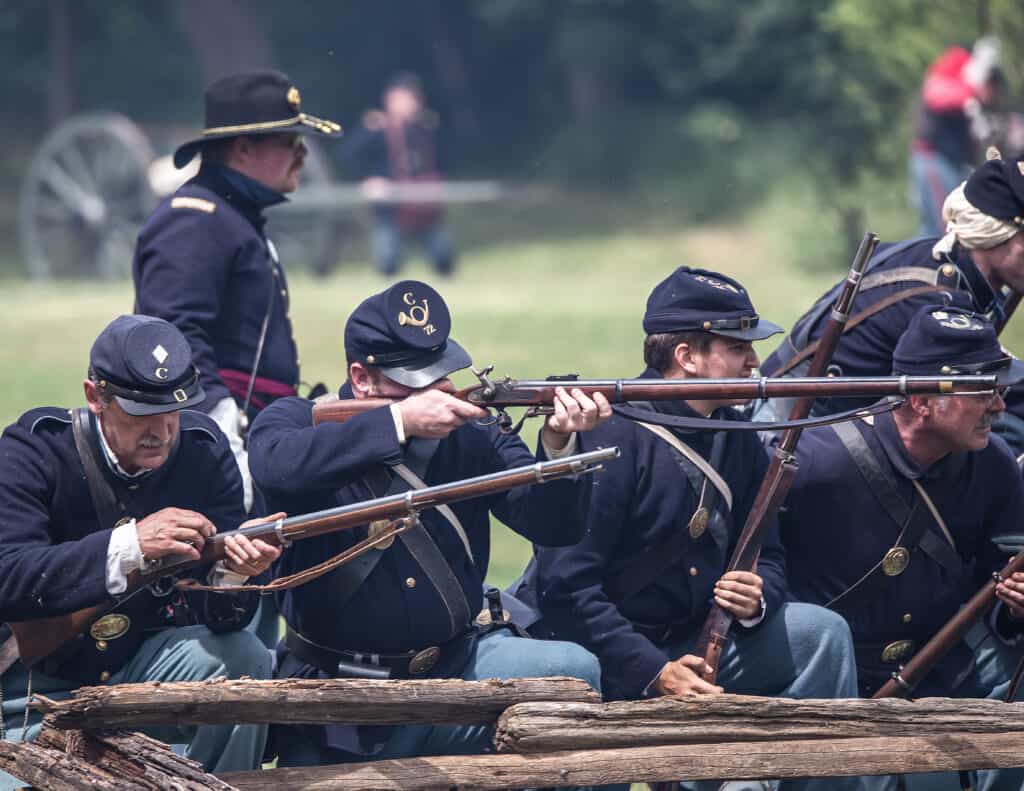
Through their performances, visitors can witness significant moments from California’s past and gain a deeper understanding of the challenges, triumphs, and everyday experiences of the people who lived during those times.
By immersing visitors in the sights, sounds, and emotions of historical events, reenactments provide a more engaging and memorable experience. These performances evoke a sense of connection to the past and allow visitors to appreciate the complexities of California’s history.
Community Engagement
Community engagement and participation are integral components of the events and festivals held at Sutter’s Fort. These events often involve collaboration with local historical societies and volunteers who contribute their time, expertise, and passion for history.
Community members may participate as reenactors, demonstrators, or event organisers, lending authenticity and depth to the experiences offered.
The involvement of the community created a sense of shared ownership and pride in preserving and promoting California’s history. Local residents and organisations play an active role in ensuring that the events reflect the unique heritage and stories of the region.
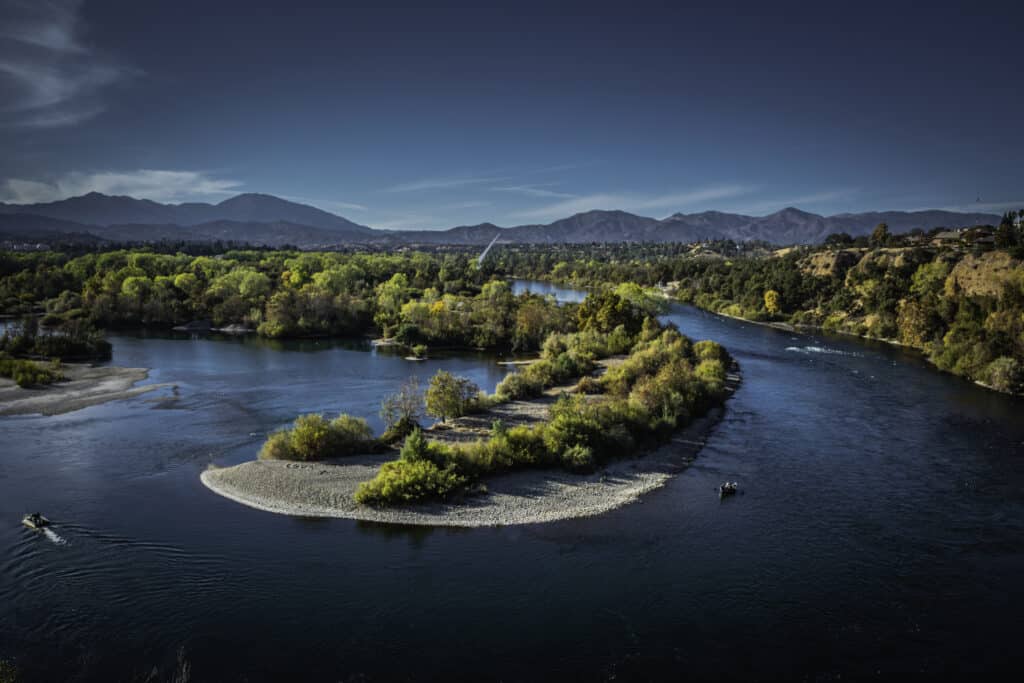
Community participation enhances the authenticity of the events, as individuals with personal connections to the area can offer firsthand insights. It creates an inclusive environment where visitors can learn and celebrate the diverse history of California.
By combining education, entertainment, and community involvement, these events contribute to a vibrant and immersive exploration of the region’s past and its ongoing cultural significance.
Amenities and Facilities
Visitor Services
Sutter’s Fort offers a range of amenities and facilities to enhance the visitor experience. Upon arrival, visitors can access a visitor centre to obtain maps, brochures, and information about the fort’s history and upcoming events.
The fort features well-maintained pathways, making it easily navigable for visitors of all ages. Restrooms and drinking water stations are conveniently located throughout the premises to ensure visitor comfort and convenience.
Additionally, the fort provides picnic areas where visitors can relax and enjoy a meal amidst the historic surroundings. These outdoor spaces offer a scenic setting for families and groups to unwind and take in the ambience of the fort.
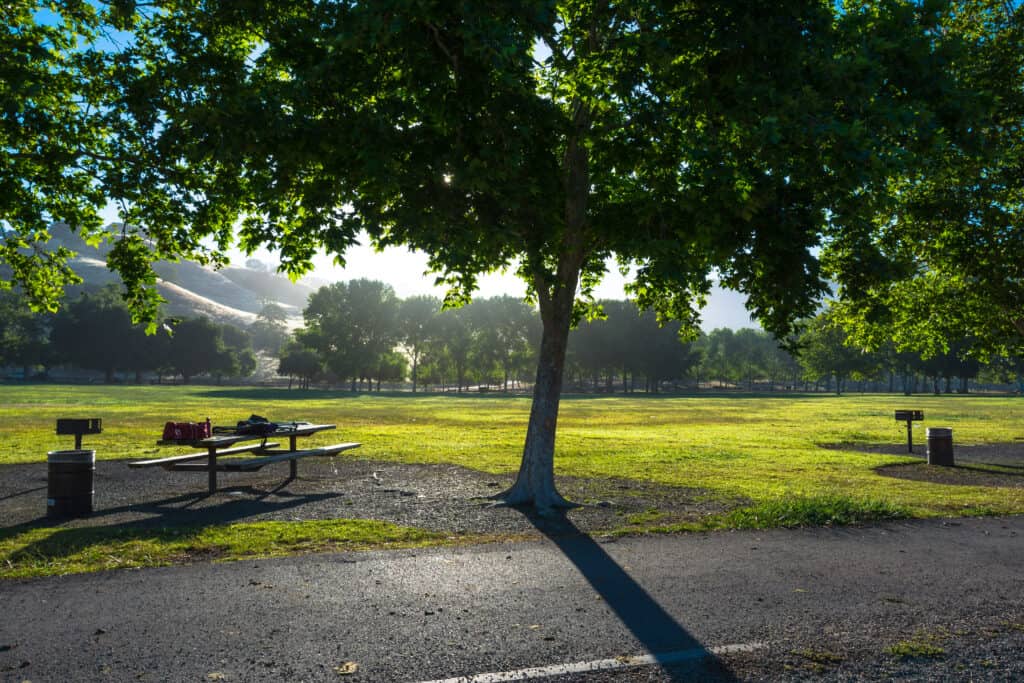
Sutter’s Fort strives to provide excellent visitor services and accommodations. Knowledgeable staff and volunteers are available to offer assistance, answer questions, and provide guided tours that enhance the visitor experience.
Additionally, the fort has a gift shop where visitors can browse and purchase books, souvenirs, and educational materials related to the fort’s history and California’s heritage. This allows visitors to take a piece of their experience home with them.
Accessibility
Sutter’s Fort strives to provide a welcoming and accessible experience for all visitors. The pathways within the fort are designed to accommodate individuals with mobility challenges, allowing for easy navigation and exploration.
The visitor centre offers materials in various formats, such as printed brochures and audio guides, to cater to different learning preferences and accessibility needs.
The fort’s commitment to visitor experience is evident in its regular maintenance and preservation efforts. The careful restoration of the structures and the inclusion of informative signage throughout the site contribute to an immersive and informative experience.
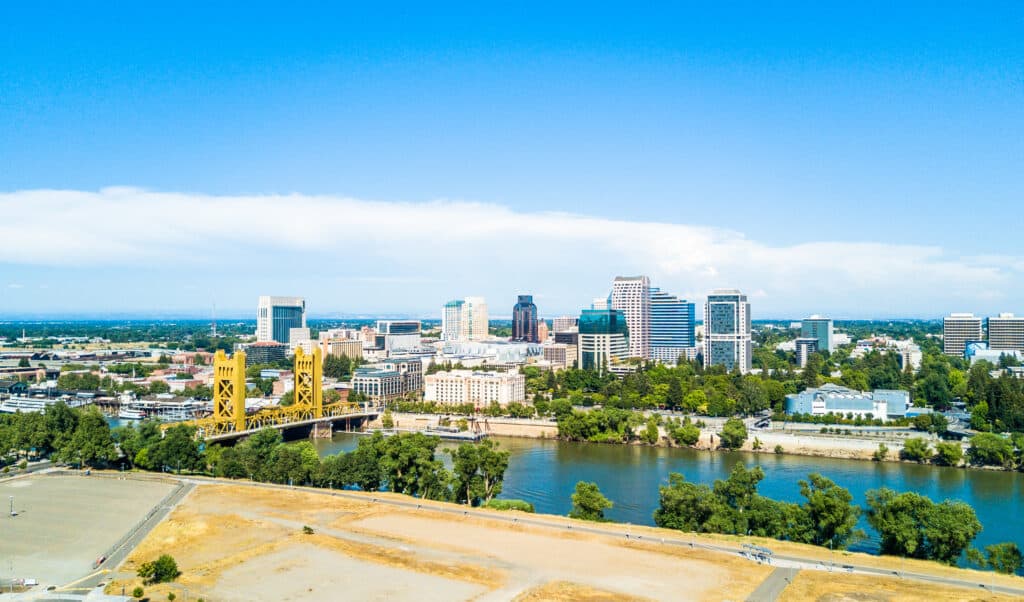
Sutter’s Fort is a Fascinating Piece of Californian History
Sutter’s Fort in California stands as a testament to the rich history and cultural significance of the region. The fort played a pivotal role during the California Gold Rush, and its strategic location contributed to the development and growth of California.
The significance of Sutter’s Fort extends beyond its physical structures and exhibits. It serves as a symbol of California’s history, representing the perseverance, innovation, and diversity that shaped the region.
By preserving and promoting the fort’s cultural heritage, Sutter’s Fort contributes to the understanding and appreciation of California’s past. It fosters a sense of pride and connection among visitors and the local community.
If you’re planning a trip to California, check out the iconic Gaslamp Quarter in San Diego.





